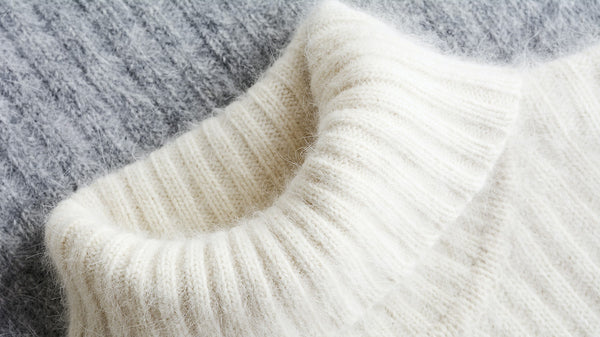The Truth Behind Is Cashmere a Natural Fiber and Its Sustainable Appeal
The Truth Behind Is Cashmere a Natural Fiber and Its Sustainable Appeal
Blog Article
Reasons You Must Require Cashmere a Natural Fiber for Convenience and Elegance in Everyday Use
In the world of textiles, couple of fibers rival the high-end and convenience of cashmere. This distinct product, known for its superior soft qualities and insulation, supplies unequaled comfort and elegance for day-to-day wear. But what sets it apart from various other fibers? Exactly how does it affect the environment and exactly how does it contrast to artificial alternatives? In addition, how can one best use cashmere to boost their style? These fascinating questions lay the foundation for an enlightening expedition right into the world of cashmere.
Understanding the Lavish Nature of Cashmere

Evaluating the Convenience Variable of Cashmere Apparel
What high qualities highlight the comfort factor of cashmere garments? The softness of cashmere is the initial top quality to think about. Its luxurious texture makes it seem like a 2nd skin, offering warmth without the weight or irritation connected with other wool items. Additionally, cashmere's distinct fiber framework enables for breathability, controling temperature and protecting against overheating. The material's versatility and toughness guarantee that it mold and mildews against the body comfortably, preserving its shape with time. Cashmere's hypoallergenic buildings likewise add to its comfort, making it an excellent option for sensitive skin. The capacity to layer cashmere pieces without thickness enhances the convenience factor. Essentially, the comfort of cashmere is derived from its softness, breathability, durability, hypoallergenic nature, and convenience.

The Ecological Influence and Sustainability of Cashmere
While the convenience and elegance of cashmere are definitely enticing, it's just as important to consider its relationship with the environment. Cashmere production, primarily in Mongolia and China, involves raising cashmere goats, which can considerably strain delicate grassland ecosystems because of overgrazing. This can result in desertification, a pressing environmental concern. The processing reference of cashmere, involving dyeing and washing, can additionally add to water contamination if not correctly managed. Efforts are being made to establish lasting cashmere production methods, such as rotational grazing and cleaner handling techniques. Hence, while cashmere has ecological effects, its sustainability largely relies on production practices.
Comparing Cashmere to Artificial Fibers: A Cost-Benefit Evaluation
Despite its environmental difficulties, cashmere presents an unique collection of benefits over artificial fibers. Cashmere's all-natural fibers use unmatched softness and warmth, translating right into convenience that synthetic fibers have a hard time look what i found to match. Unlike synthetic fibers, cashmere does not add to microplastic pollution, making it a much more sustainable choice.
Styling Tips With Cashmere for Everyday Elegance
Having taken into consideration the cost-benefit analysis of cashmere contrasted to artificial fibers, it ends up being clear why this elegant product is a favored option for many. When styling cashmere for daily style, simpleness is essential. Eventually, the intrinsic elegance of cashmere makes it a functional addition to any type of closet, easily enhancing daily clothing with a touch of luxury.

Final Thought
In enhancement, cashmere's sustainability and lower ecological impact compared to artificial fibers further improve its allure. Spending in cashmere garments is a worthwhile decision for comfort, style, and sustainability.

Report this page